Yellowstone Wildlife: What Animals Will Your Students See on Expedition?
- Caleb Mullenix
- Oct 21
- 5 min read
Preparing your students for a Yellowstone expedition requires comprehensive curriculum development that transforms wildlife encounters into meaningful educational experiences. Understanding which animals your students will likely observe: and how to structure learning around these encounters: forms the foundation of a successful educational trip that maximizes both safety and scientific discovery.
Essential Pre-Trip Curriculum Development
Begin by establishing clear learning objectives that align wildlife observation with your existing science standards. Create detailed lesson plans that introduce students to Yellowstone's ecosystem before departure, ensuring they arrive equipped with foundational knowledge that enhances field observations. Develop identification guides featuring the park's most commonly observed species, complete with behavioral characteristics, habitat preferences, and ecological roles.
Research indicates that students retain 90% more information when classroom preparation precedes field experiences. Establish baseline knowledge through pre-trip assessments covering animal adaptations, predator-prey relationships, and ecosystem interdependence. This preparation transforms casual wildlife sightings into structured scientific observations that support curriculum objectives.
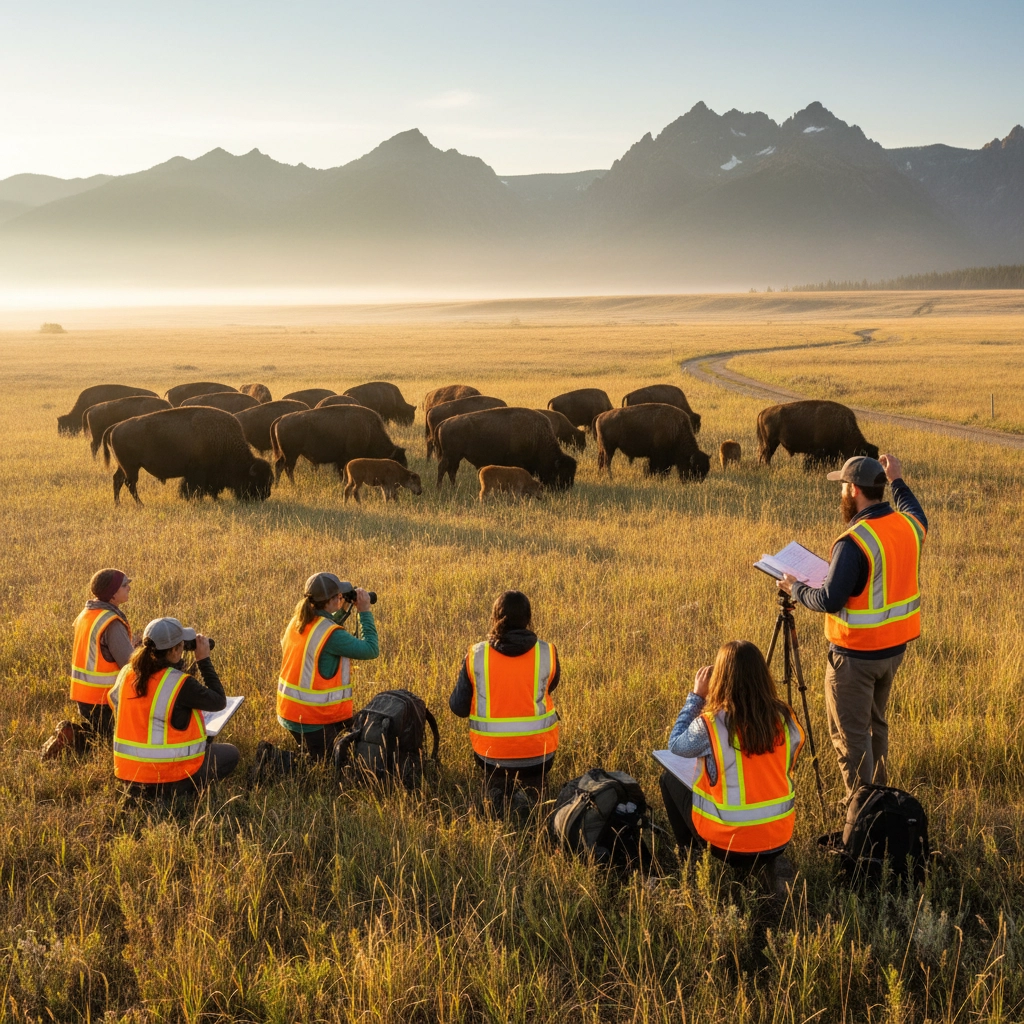
Large Mammals: Your Students' Most Likely Encounters
American Bison represent Yellowstone's most iconic and easily observed wildlife. These massive herbivores, weighing up to 2,000 pounds, provide exceptional teaching opportunities about wildlife conservation success stories. Develop lesson plans addressing the near-extinction and recovery of bison populations, emphasizing human impact on ecosystems and conservation biology principles.
Create observation worksheets that guide students to document bison herd behavior, grazing patterns, and social interactions. Encourage students to note seasonal coat changes, calf-mother relationships, and wallowing behaviors. Discussion points should include the bison's role as a keystone species and their impact on grassland ecosystems through grazing and seed dispersal.
Rocky Mountain Elk offer year-round observation opportunities with distinct seasonal behaviors that support multiple learning objectives. During spring and summer expeditions, students can observe calving behaviors and maternal care strategies. Fall trips provide opportunities to witness rutting season, complete with bugling calls and territorial displays that demonstrate reproductive behaviors and natural selection principles.
Assign students to track elk migration patterns using park maps, connecting animal movements to seasonal resource availability. Create comparative studies between elk and other ungulate species, emphasizing adaptive strategies for different ecological niches.
Gray Wolves provide unparalleled opportunities to study predator ecology and pack dynamics. Since reintroduction in 1995, wolves have demonstrated measurable ecosystem impacts that support lessons in trophic cascades and ecological restoration. Lamar Valley offers optimal wolf observation opportunities, particularly during early morning and evening hours.
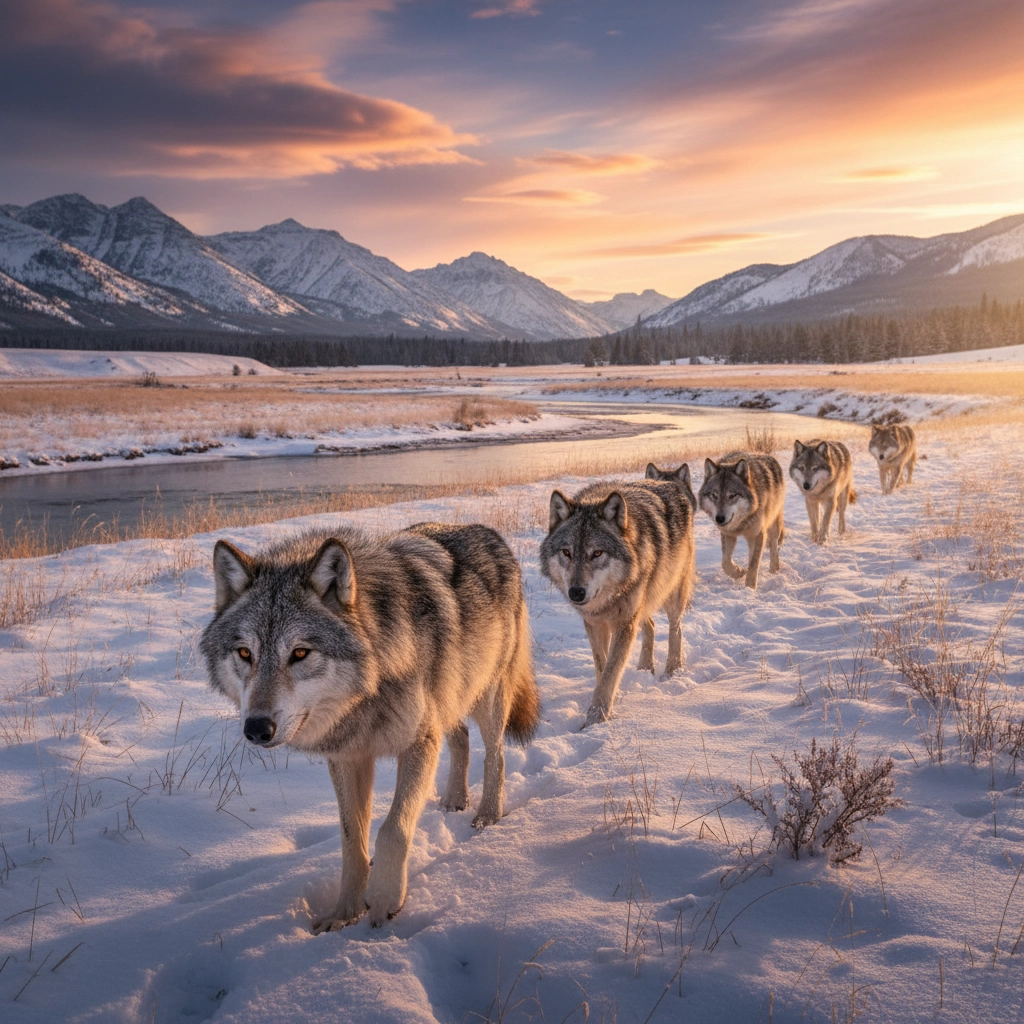
Develop pre-trip lessons covering wolf reintroduction history, pack social structures, and hunting strategies. Create field observation sheets that prompt students to document pack composition, territorial behaviors, and predator-prey interactions. Encourage students to consider the broader ecological impacts of apex predators on vegetation patterns and river morphology.
Bear Safety and Educational Opportunities
Grizzly and Black Bears require comprehensive safety education while providing exceptional learning opportunities about omnivore ecology and wildlife management. Establish strict safety protocols including proper food storage, hiking procedures, and emergency response plans. Ensure all students understand bear behavior indicators and appropriate response strategies.
Create curriculum modules addressing bear biology, hibernation physiology, and seasonal dietary changes. Develop observation activities that allow students to study bear foraging behaviors while maintaining safe distances. Discussion topics should include human-wildlife conflict resolution and wildlife corridor management.
Emphasize that bears serve as umbrella species: protecting bear habitat simultaneously protects numerous other species sharing the same ecosystem. Connect bear conservation to broader wildlife management principles and student environmental stewardship responsibilities.
Predator-Prey Relationships in Action
Coyotes demonstrate adaptability and opportunistic feeding strategies that support lessons in animal behavior and ecological flexibility. These smaller canids provide excellent comparison opportunities with wolves, allowing students to explore niche partitioning and competitive exclusion principles.
Design activities that prompt students to compare coyote and wolf physical characteristics, hunting strategies, and social structures. Create discussion questions addressing how both species coexist within the same ecosystem while occupying different ecological roles.
Mountain Lions remain elusive but represent important apex predators whose presence influences prey behavior patterns. Even without direct sightings, students can study predator impacts through prey vigilance behaviors and habitat selection patterns.
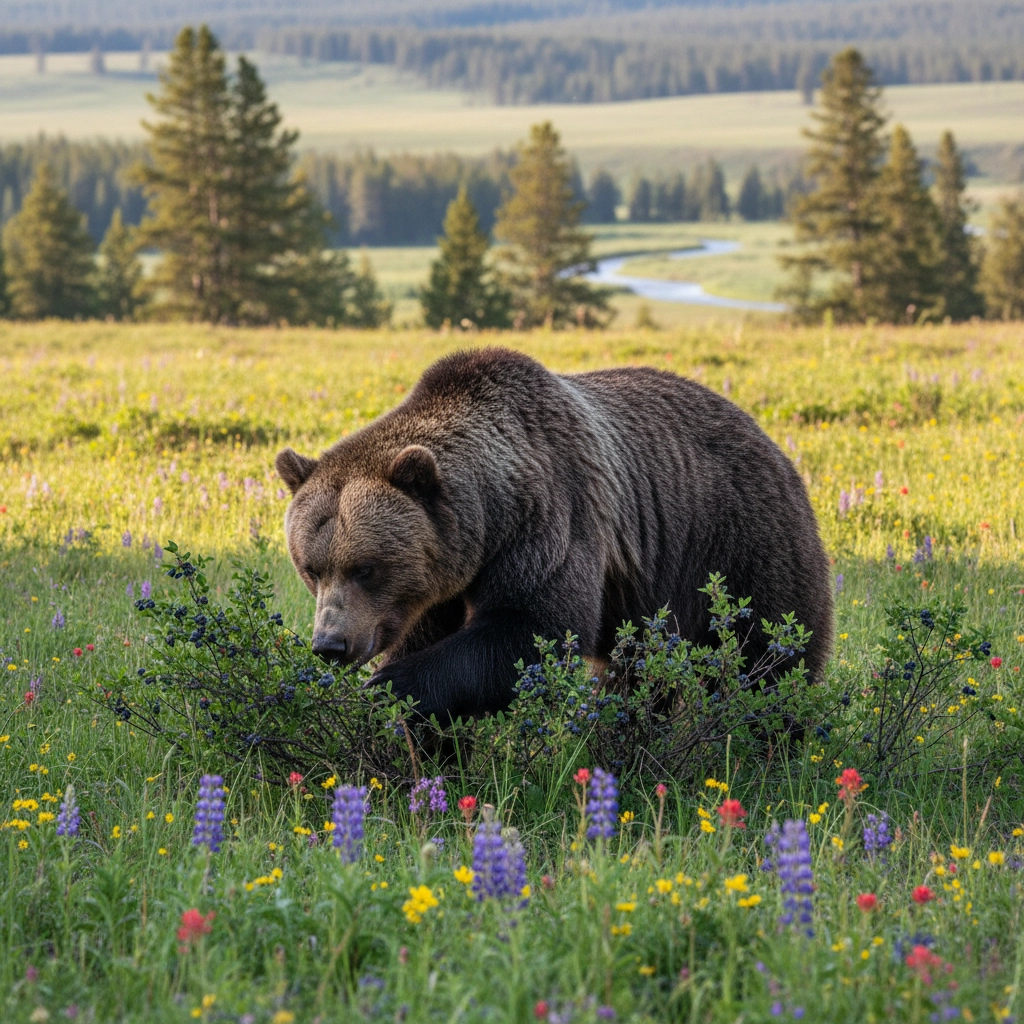
Ungulate Diversity and Adaptations
Moose provide exceptional opportunities to study large mammal adaptations to aquatic environments. These massive herbivores demonstrate specialized feeding behaviors and seasonal migration patterns that connect to lessons in animal physiology and habitat requirements.
Bighorn Sheep showcase remarkable adaptations to steep, rocky terrain. Students can observe lambing behaviors during spring expeditions while studying predator avoidance strategies and specialized locomotion adaptations.
Pronghorn represent unique evolutionary history and demonstrate exceptional speed adaptations. Create lessons addressing evolutionary biology and species adaptation to grassland environments.
Avian Diversity and Ecological Indicators
Yellowstone supports nearly 300 bird species that serve as excellent indicators of ecosystem health. Bald Eagles and Ospreys provide opportunities to study raptor ecology and fish population dynamics. Trumpeter Swans demonstrate wetland habitat requirements and migration ecology.
Create bird identification guides specific to your expedition timeframe. Develop activities that connect bird presence to habitat quality and seasonal resource availability. Encourage students to document bird behaviors and correlate observations with weather patterns and time of day.
Seasonal Wildlife Viewing Strategies
Spring expeditions (May-June) offer opportunities to observe newborn animals, mating behaviors, and migration patterns. Plan curriculum around reproductive strategies and parental care behaviors across different species.
Summer trips (July-August) provide optimal weather for extended field observations and diverse wildlife activity patterns. Focus lessons on foraging behaviors, territorial displays, and inter-species interactions.
Fall expeditions (September-October) feature rutting seasons, migration preparations, and pre-winter behavioral changes. Develop lessons addressing seasonal adaptations and survival strategies.
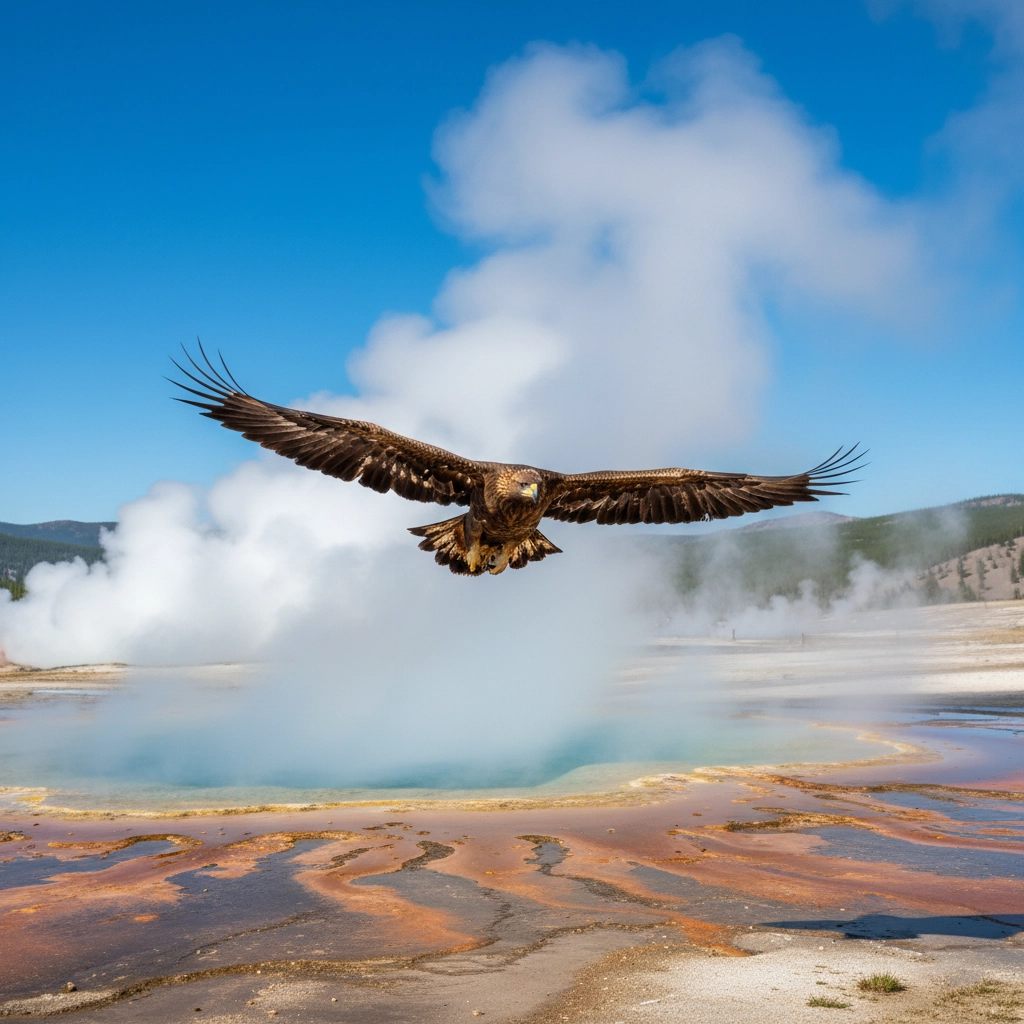
Safety Protocols and Teaching Moments
Establish comprehensive safety protocols that become integrated learning experiences. Require students to maintain minimum distances of 100 yards from bears and wolves, and 25 yards from all other wildlife. Transform these safety requirements into lessons about wildlife stress responses and human impact on animal behavior.
Create emergency response procedures that include wildlife encounter protocols. Practice these procedures before departure and reinforce safety messages throughout the expedition. Emphasize that wildlife observation requires patience, respect, and scientific objectivity.
Assessment and Documentation Strategies
Develop field journals that prompt systematic wildlife observations, including behavior documentation, habitat descriptions, and ecological connections. Create rubrics that assess scientific observation skills, safety protocol adherence, and ecological understanding.
Encourage students to formulate hypotheses about animal behaviors and test these through structured observations. Require detailed sketches, behavioral timing, and environmental condition documentation that supports scientific methodology instruction.
Connecting Observations to Conservation
Transform wildlife encounters into conservation education opportunities by connecting student observations to broader environmental challenges. Discuss habitat fragmentation, climate change impacts, and human-wildlife conflict resolution strategies.
Encourage students to consider their role as environmental stewards and future conservation professionals. Connect Yellowstone's wildlife success stories to ongoing conservation challenges facing other ecosystems.
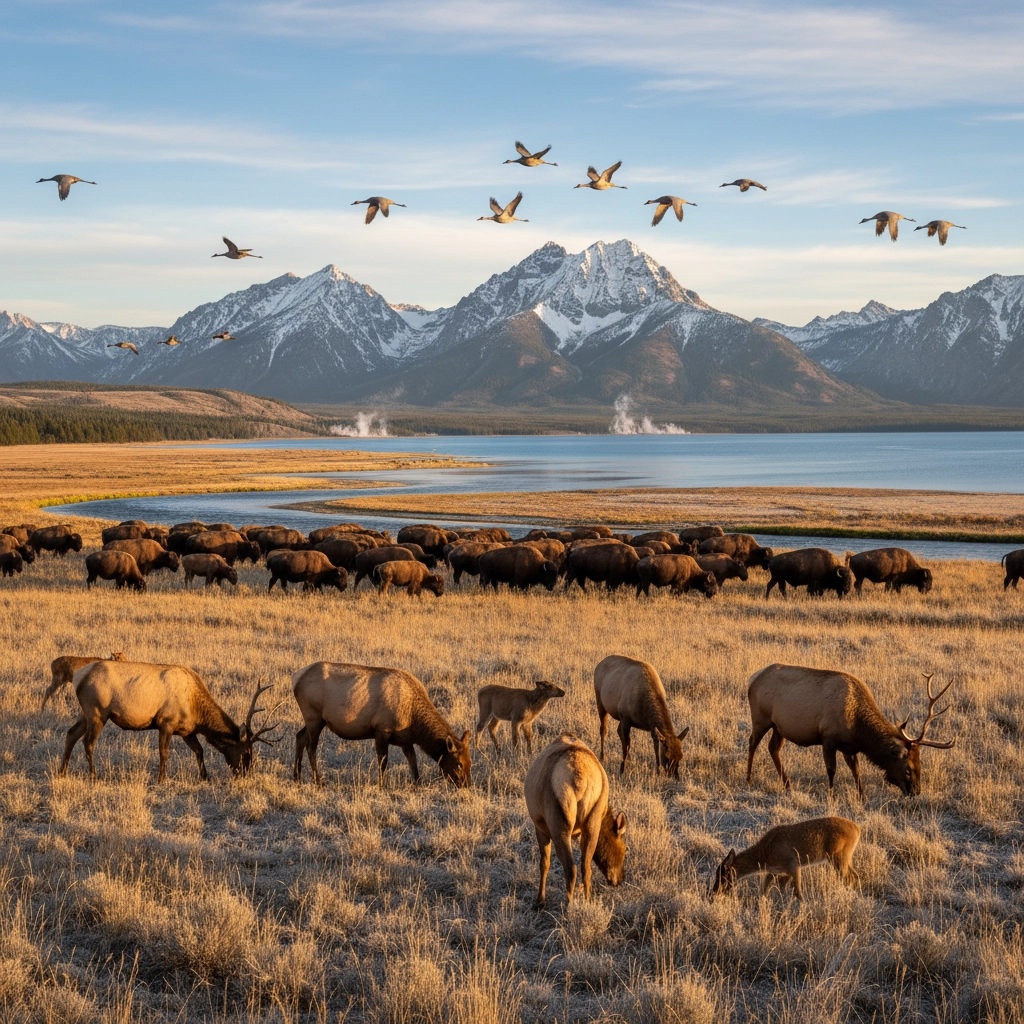
Your Yellowstone wildlife expedition curriculum should emphasize scientific observation, safety protocols, and conservation awareness while maximizing educational opportunities through structured preparation and systematic field documentation. Ensure comprehensive pre-trip preparation, establish clear learning objectives, and maintain safety as the paramount concern throughout the expedition. These wildlife encounters will provide transformative educational experiences that inspire lifelong environmental stewardship and scientific curiosity.



Comments